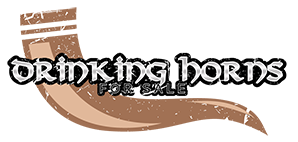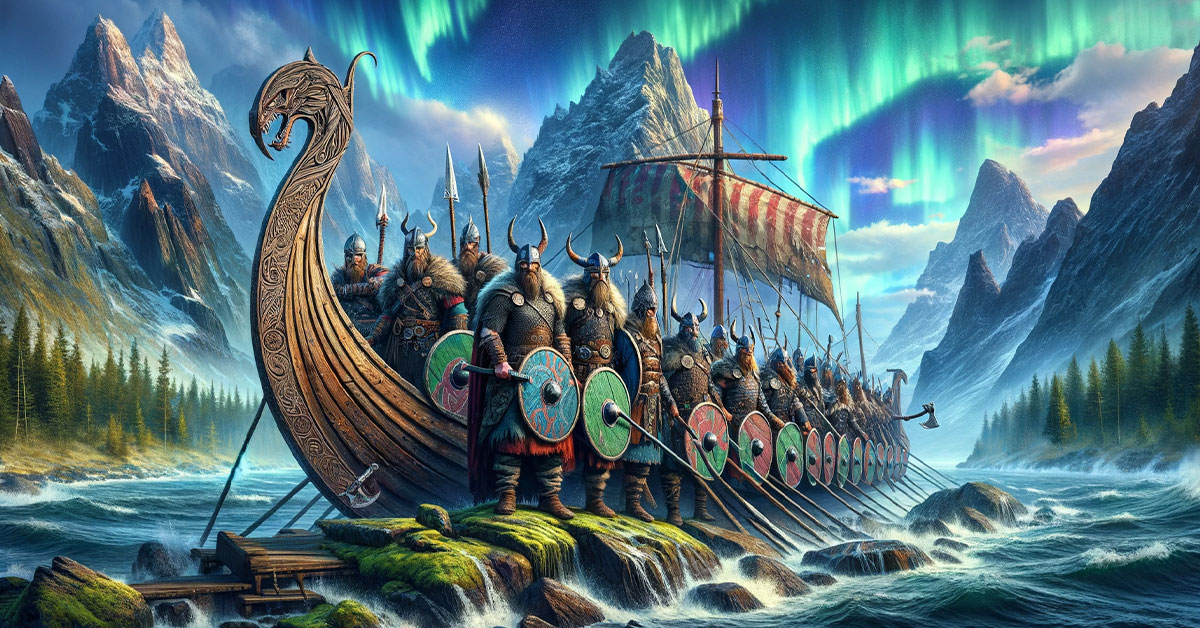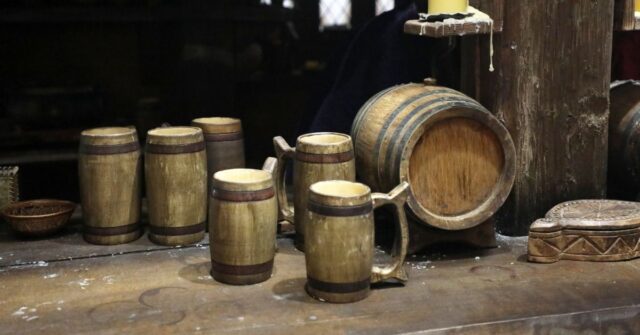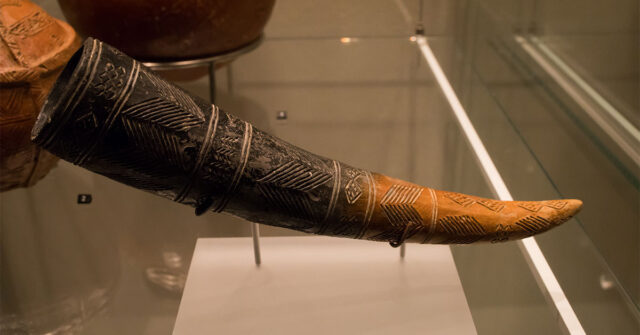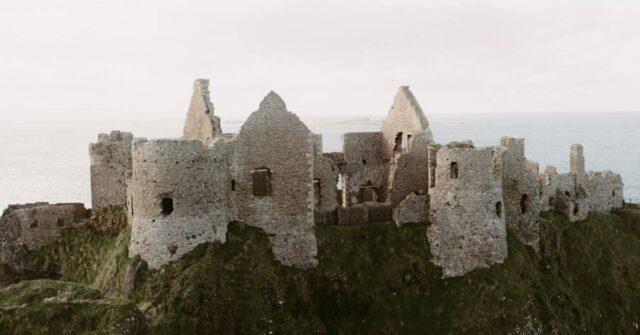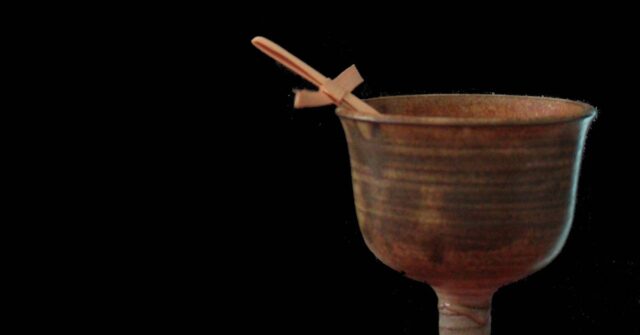The Viking era, an integral part of Scandinavian history, spans from the late 8th to the early 11th century. This period is renowned for its fierce warriors, explorers, and traders known as Vikings.
Alongside their historical exploits, Norse mythology, rich in tales of gods, giants, and heroes, has captivated imaginations worldwide.
This post delves into the intriguing world of Vikings and Norse mythology, exploring their history, culture, and the enduring legacy of their mythological traditions.
The Historical Context of Vikings
The Vikings, originating from what is now Denmark, Norway, and Sweden, embarked on extensive raids, trade expeditions, and settlement ventures across Europe and beyond.
Their advanced seafaring skills facilitated their exploration and influence, leaving a significant mark on various cultures.
Understanding the Vikings’ historical context provides a foundational perspective on their societal structures, motivations, and impacts.
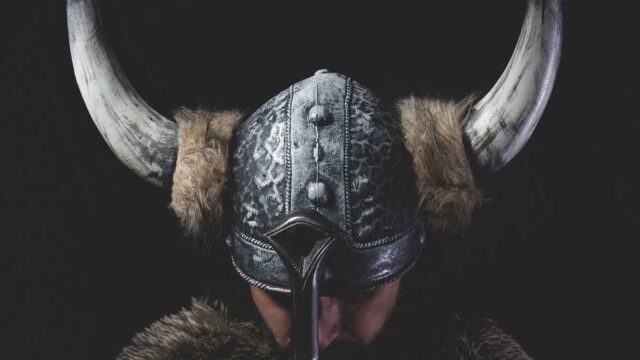
Origins and Expansion of the Viking Age
The Viking Age began with the infamous raid on the Lindisfarne Monastery in 793 AD.
What followed was a period of expansion, as Viking longships enabled them to navigate both open sea and shallow rivers, reaching as far as the British Isles, the coasts of mainland Europe, and even the distant shores of North America.
Their motives ranged from conquest and trade to seeking new lands for settlement, driven by various socio-political and environmental factors in their homelands.
Social and Political Structure of Viking Societies
Viking societies were structured into a distinct hierarchy. At the top were the Jarls, the wealthy and powerful nobility, followed by the Karls, who were free peasants and warriors.
The Thralls, or slaves, formed the lowest social tier. This structure was pivotal in Viking culture, influencing everything from legal systems to warfare.
Leadership relied on a combination of democratic assemblies, known as Things, and the rule of strong leaders, especially during expeditions and raids.
The Viking Legacy in Modern Culture
The Vikings’ influence extends well beyond their historical period, impacting modern culture, language, and even technology.
Words like “ransack” and “window” have Old Norse roots, while their shipbuilding techniques have inspired modern naval architecture.
Moreover, the romanticized image of Vikings as horn-helmeted warriors (a myth, as real Viking helmets did not have horns) continues to capture the public imagination in films, literature, and media.
Understanding Norse Mythology
Norse mythology, the pre-Christian religion of the Norse people, is a complex system of myths, gods, and heroes.
Rooted in early medieval texts, these myths have been passed down through generations, capturing the imagination with tales of creation, destruction, and the powerful deities that govern the world.
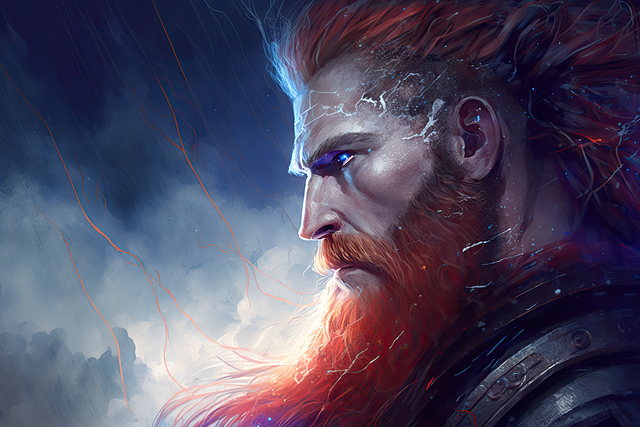
Core Beliefs and Deities in Norse Religion
The Norse pantheon is divided into two main groups: the Aesir, including gods like Odin, Thor, and Frigg, and the Vanir, associated with fertility and prosperity.
Central to these beliefs is Yggdrasil, the world tree, connecting the nine realms of the universe.
Norse mythology is rich in tales of creation, the interplay of cosmic forces, and the inevitable doom of Ragnarok, the end of the world.
Mythological Tales and Their Meanings
Stories such as the creation of the world from the body of the giant Ymir, Thor’s encounters with giants, and Odin’s quest for wisdom are more than just tales.
They reflect the Vikings’ understanding of the world, their values, and their struggles.
The stories were not only entertaining but also carried deeper meanings and moral lessons about bravery, loyalty, and the transient nature of life.
The Influence of Norse Mythology on Modern Media
Today, Norse mythology continues to influence modern media. Characters like Thor and Loki, popularized by comic books and films, draw heavily on these ancient myths.
Video games, novels, and television series also frequently feature elements of Norse mythology, often adapting these age-old tales to fit contemporary narratives.
Vikings in Daily Life
Daily life in Viking society was a blend of hard work, social interaction, and a connection with the natural world.
Understanding their daily activities helps us appreciate the complexity of their society beyond the common image of Vikings as mere warriors.
Agriculture, Trade, and Economy
Agriculture was the backbone of Viking society, with most Vikings engaged in farming. They grew crops like barley, rye, and oats, and raised animals such as cattle, sheep, and pigs.
Trade was also crucial, with extensive networks spanning from the British Isles to the Byzantine Empire.
These economic activities reveal a society that was not solely reliant on raiding but was also skilled in trade and farming.
Family Life and Social Customs
Family was central to Viking life. Marriages were arranged for political and economic reasons, but sagas and stories suggest that love and affection were also important.
Women in Viking society held significant rights compared to other cultures of the era. They could own property, request a divorce, and even engage in trade.
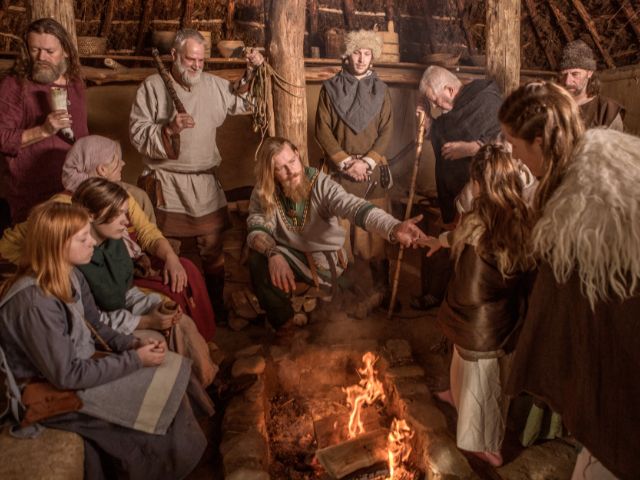
Art, Music, and Literature
Viking art is distinguished by its unique styles, such as the Borre, Jelling, and Urnes, often seen in their jewelry, carvings, and runestones.
Music, though less documented, was likely a part of daily life, with instruments like the lur (a wind instrument) and harp.
Literature, especially in the form of sagas and eddas, was crucial in preserving the myths and history of the Norse people.
Viking Warfare and Exploration
The Vikings were renowned for their skills in warfare and exploration. This part of their history is often the most sensationalized, but it is crucial in understanding their impact on the world.
Shipbuilding and Navigation Techniques
Viking ships, like the longship, were engineering marvels of their time, designed for speed, agility, and versatility.
Their shipbuilding skills allowed them to navigate both open seas and shallow rivers, facilitating their famed explorations and raids.
Vikings were also adept navigators, using tools like the sunstone and an intimate knowledge of the stars, tides, and weather patterns.
Famous Viking Raids and Expeditions
Viking raids, beginning with the raid on Lindisfarne in 793 AD, are infamous. However, not all Viking expeditions were violent; many were exploratory and trade-focused.
For example, Leif Erikson’s journey to North America and the establishment of trade routes with the Byzantine Empire and the Caliphate in Baghdad.
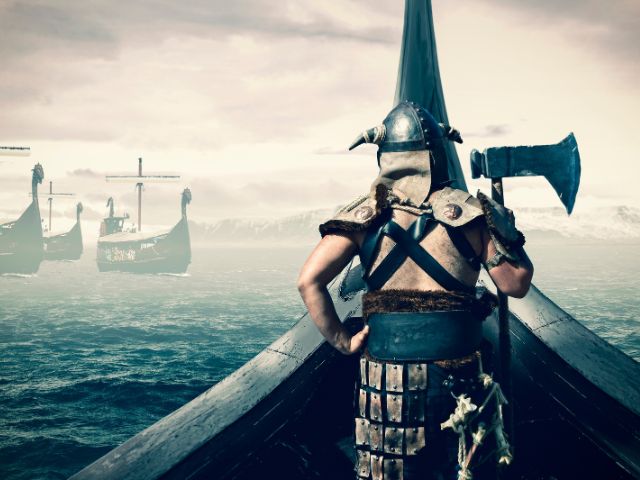
Weapons, Armor, and Battle Tactics
The typical Viking warrior was equipped with a spear, shield, and either a sword or an axe. Contrary to popular belief, they did not wear horned helmets in battle.
Their tactics were based on speed, surprise, and unity, often relying on the element of surprise to overpower their enemies.
Norse Mythology and Drinking Horns
Drinking horns, often associated with the Vikings, have a deep-rooted significance in Norse culture and mythology.
The Cultural Significance of Drinking Horns
In Viking society, drinking horns were more than just vessels for mead or beer; they were symbols of status and were often richly decorated.
These horns, made from cattle or goat horns, were used in various ceremonies and were believed to hold magical properties in some myths.
Mythological Associations with Drinking Rituals
Drinking rituals in Norse mythology often involved the gods themselves. For instance, the mead of poetry, a mythical beverage that bestowed poetic inspiration, was said to be consumed from such horns.
These rituals were not only social events but also held religious significance, often accompanied by toasts to the gods.
Types of Drinking Horns and Their Uses
There were various types of drinking horns, from simple, unadorned ones used by common folk to ornately decorated ones for the elite.
Some were fitted with metal rims and mounts, while others were intricately carved or inlaid with precious metals. The size and decoration of a horn often indicate the status of the owner.
Choosing and Caring for a Drinking Horn
For enthusiasts looking to own a piece of Viking history, choosing and caring for a drinking horn is essential.
How to Select a Quality Drinking Horn
When selecting a drinking horn, factors like material quality, craftsmanship, and authenticity are important.
A good quality horn should be smooth, free of cracks, and properly sealed to prevent leakage. Historical accuracy in design can also be a consideration for purists.
Decorative Themes and Symbolism
Many drinking horns are adorned with symbols and themes from Norse mythology and Viking art.
These decorations are not just aesthetic; they often carry meanings, such as protection, prosperity, or references to specific gods and sagas.
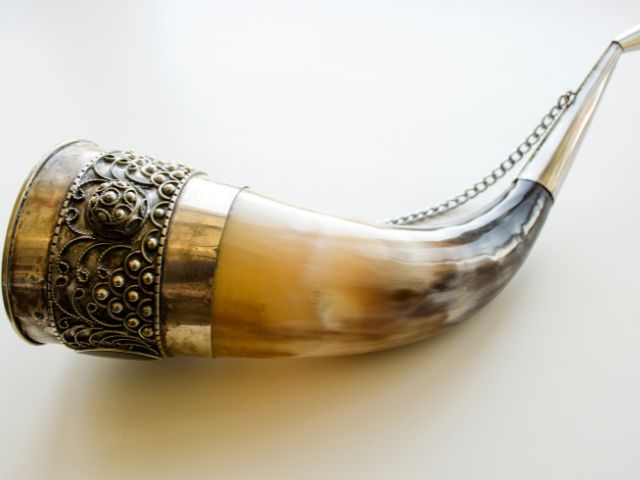
Maintenance and Care for Longevity
Proper care is crucial to preserve the beauty and functionality of a drinking horn.
This includes regular cleaning, avoiding prolonged exposure to high temperatures, and using appropriate cleaning agents to maintain its natural finish.
Connecting Past to Present
The legacy of the Vikings and their mythology continues to resonate in the modern world, bridging past and present.
Recreating Viking and Norse Traditions Today
Modern reenactments and festivals celebrate Viking culture, offering insights into their daily life, warfare, and rituals.
These events often feature traditional crafts, music, and food, allowing participants to experience Viking culture firsthand.
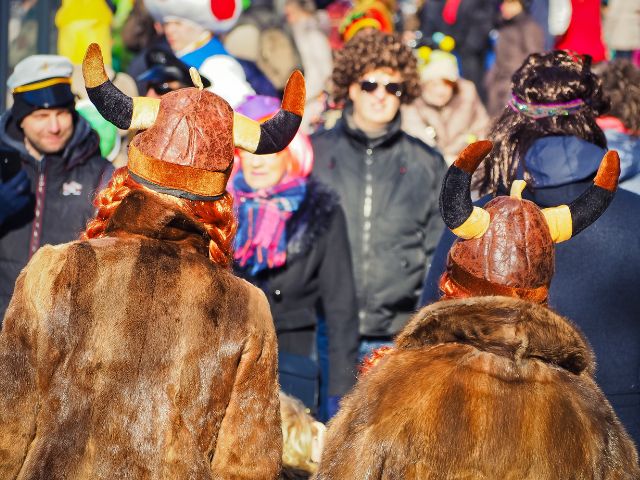
Modern Celebrations and Festivals
Festivals like Up Helly Aa in Scotland or the Viking Festival in York, England, draw thousands of enthusiasts each year.
These events not only commemorate Viking history but also serve as a platform for cultural exchange and education.
The Role of Drinking Horns in Contemporary Culture
In contemporary culture, drinking horns have transcended their historical context to become symbols of a bygone era.
They are used in historical reenactments, modern rituals, and even as decorative items, connecting people to the rich heritage of the Vikings and Norse mythology.
